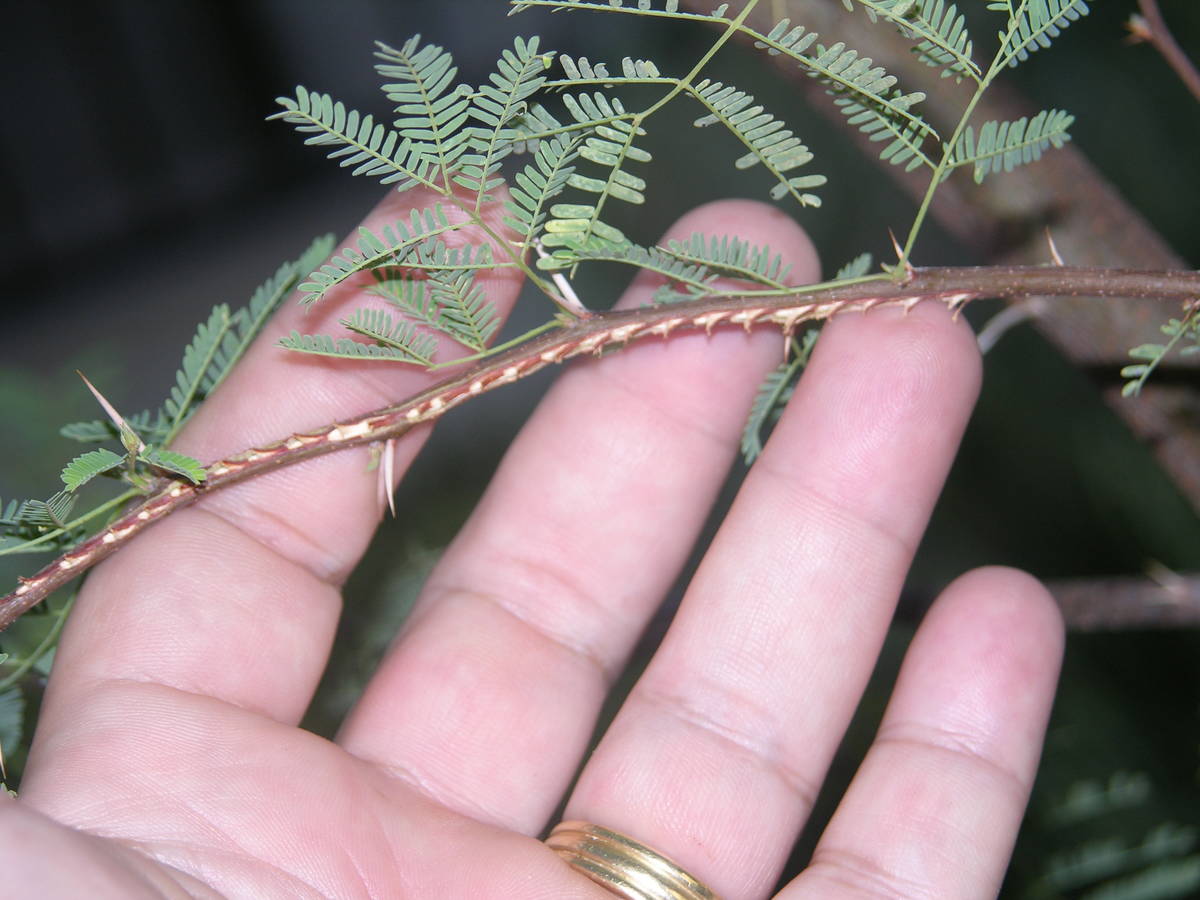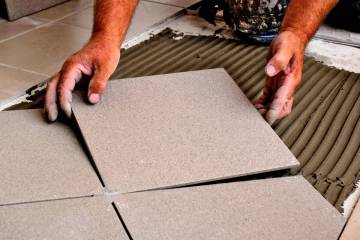Set pheromone traps in May to catch peach twig borers
Q: Something is eating small round holes in my first crop of Earlitreat peaches. I was really looking forward to eating those peaches. What could it be? Also, is now the time to put out peach twig borer pheromone traps?
A: First, there could be any number of animals, insects or birds that might eat small holes in the fruit. This is your tree’s first year of fruit, so it only has a few. A few always get damaged. Next year, if you prune correctly, the tree will get three or four times that number.
I deploy pheromone traps sometime in early May. The principal insect pest caught in that particular pheromone trap is the peach twig borer. The peach twig borer causes wormy peach, nectarine and apricot. The peach twig borer is a different insect than the borer that causes limb dieback and tree death, so do not confuse them.
Peach twig borer is a moth that very closely resembles the size and coloring of coddling moth that causes wormy apples and pears. The coddling moth is caught in a different pheromone trap from the peach twig borer but deployed about the same time.
Peaches like Earlitreat, Flordaprince, Flordaking, Earligrande and other varieties that produce fruit in late May or early June avoid this insect pest entirely. There are other problems with early-producing fruit, but that is not one of them.
The peach twig borer tunnels into soft fruit toward the latter part of June. This is one reason I like early fruit-producing trees. The sooner fruit is off the tree, the less chance it has to get bugs.
I see peach twig borer damaging new growth starting in late May or early June when fruit of later varieties (Elbertas, for example) are still green. The peach twig borer damages new growth of these trees when fruit is not yet soft and then moves into softened fruit just before it’s ready to harvest. Another reason I like to harvest soft fruit when it is still hard but full of color.
I deploy pheromone traps beginning the first week of May in our eastern Mojave Desert. I replace the sticky trap part and pheromone once a month until harvest. Contrary to what you might read in the literature, I never sprayed insecticides for peach twig borers or coddling moths for 10 years when I used pheromone traps. But I have caught thousands of peach twig borers and coddling moths using these traps over the years.
Q: I applied Bonide Tree and Shrub Insect Control for borers and miners about six weeks ago. Now my plants are growing weird and possibly dying. Once I saw this problem, I sprayed for diseases and then today for insects. What is going on?
A: From your photos, it looks like the damage to the plant was probably weed killer (herbicide) damage judging from the distorted leaves and dieback. There is not much to do at this point except spray the foliage with water, irrigate and make sure the plants were fertilized in the spring, so they are in their best health to recover as quickly as possible. Then wait and see what happens. There is no magic cure at this point except being patient for three or four weeks.
Let’s cover some reasons why this might happen so it might be prevented in the future. The damage could have originated from you or your neighbors. This type of damage is a common occurrence during the spring and the fall months because these are the most effective times to apply weed killers.
First, never use a sprayer or spray bottle that contained weed killers to spray insects or diseases. You should have two separate sprayers or bottles, one clearly marked and used for weed killers.
Weed killers are extremely difficult to clean from a sprayer or spray bottle once it’s been used for that purpose. If there is some weed killer residue that remains after washing, then you just damaged plants that you sprayed for controlling insects and diseases.
Secondly, you or your neighbors should never spray weed killers when there is wind. If you must use a weed killer, look at the tallest trees in the neighborhood and see if their leaves are moving. If they are, do not spray weed killers. The best time to spray weed killers is early in the morning before the wind has kicked up and it starts to get warm.
The word “warm” takes me to the third rule: Never spray a warm surface or when air temperatures are warm or hot. Landscape rock mulch heats up quickly as soon as the sun comes up. These surfaces reach 150 degrees or more by 9 a.m. on a sunny spring day. When weed killers are sprayed on hot surfaces, they volatilize and move to the neighbor’s yard with the gentlest air movement and can cause plant damage.
Q: For the past three years, these little black critters have chewed holes in the leaves of my Mexican primrose. What are they and how can I get rid of them permanently? Since Mexican primrose is not a food crop, I sprayed them with Ortho’s Home Defense, but that may not be the best solution.
A: Thanks for telling me the insecticide you sprayed, but legally you are not supposed to use an insecticide unless the label states it can be used for that purpose. The active ingredient of the insecticide might work on flea beetles but unless there is a given rate of application on the label, then the rate to apply is not known. The rate of application can mean the difference between control or no control.
Mexican primrose is notorious for flea beetle damage in the spring and sometimes fall months. Knowing which flea beetle is yours is the first step in getting permanent control.
If you elect to go down this path, take five or six flea beetles in a vial of alcohol to the Nevada State Department of Agriculture and ask its entomologist in Reno to identify the type of flea beetle. Once the flea beetle is properly identified, methods of permanent control can be discussed. There is quite a bit of literature on permanent control without chemicals.
As far as I am concerned, flea beetles are vagabonds and become a problem frequently during the spring and sometimes fall months. Mark your calendar because they will come near the same date in the spring of most years. This date signals you to start looking for them or their damage and apply the proper control measure.
Flea beetles last about three weeks and they are gone. They can cause a lot of damage in a noticeably short time. If you see damage during the fall months, mark your calendar. Watch for holes in the leaves that signal their feeding has begun. They hide out on the bottom of leaves, so you must spray up as well as over the top.
Conventional insecticides used for controlling flea beetles include Sevin (the active ingredient of carbaryl) or one of the pyrethrins (look for something ending in -thrin in the active ingredients). These must be applied each season you see them. Once damage is done, cut the plant back to get rid of the ugly parts, fertilize, water and let it regrow.
Q: Several years ago I purchased a Raywood ash and I have been pruning off infected branches at the beginning of each season. Last week, someone at a nursery suggested I apply a systemic containing imidacloprid and clothianidin as active ingredients to try to get some control. Do you know what the problem is?
A: The problem you are seeing is most likely cicada damage from egg-laying that is now healing. The female cuts a slit parallel along the top of the stem parallel to the branch with her ovipositor (egg-laying machinery). The female deposits her flattened oval eggs, about an eighth of an inch long, stacked up against each other along that slit in a nice row.
If you look at the old twig damage closely, the slit looks like tiny teeth on a saw and that slit is healing nicely. When the eggs hatch a few weeks later, the babies fall to the ground and take into the soil where they feed on tree roots.
The insecticide applied as a soil drench might work because it is systemic. Another option is to apply a soil insecticide drench intended for killing grubs in the soil or eliminating the cicadas on the tree as you see them and before they have a chance to cut a slit and lay their eggs.
Continue to cut off the branches if you want if they are unsightly to you, but the tree will heal fast if it is kept healthy.
Bob Morris is a horticulture expert and professor emeritus of the University of Nevada, Las Vegas. Visit his blog at xtremehorticulture.blogspot.com. Send questions to Extremehort@aol.com.






























